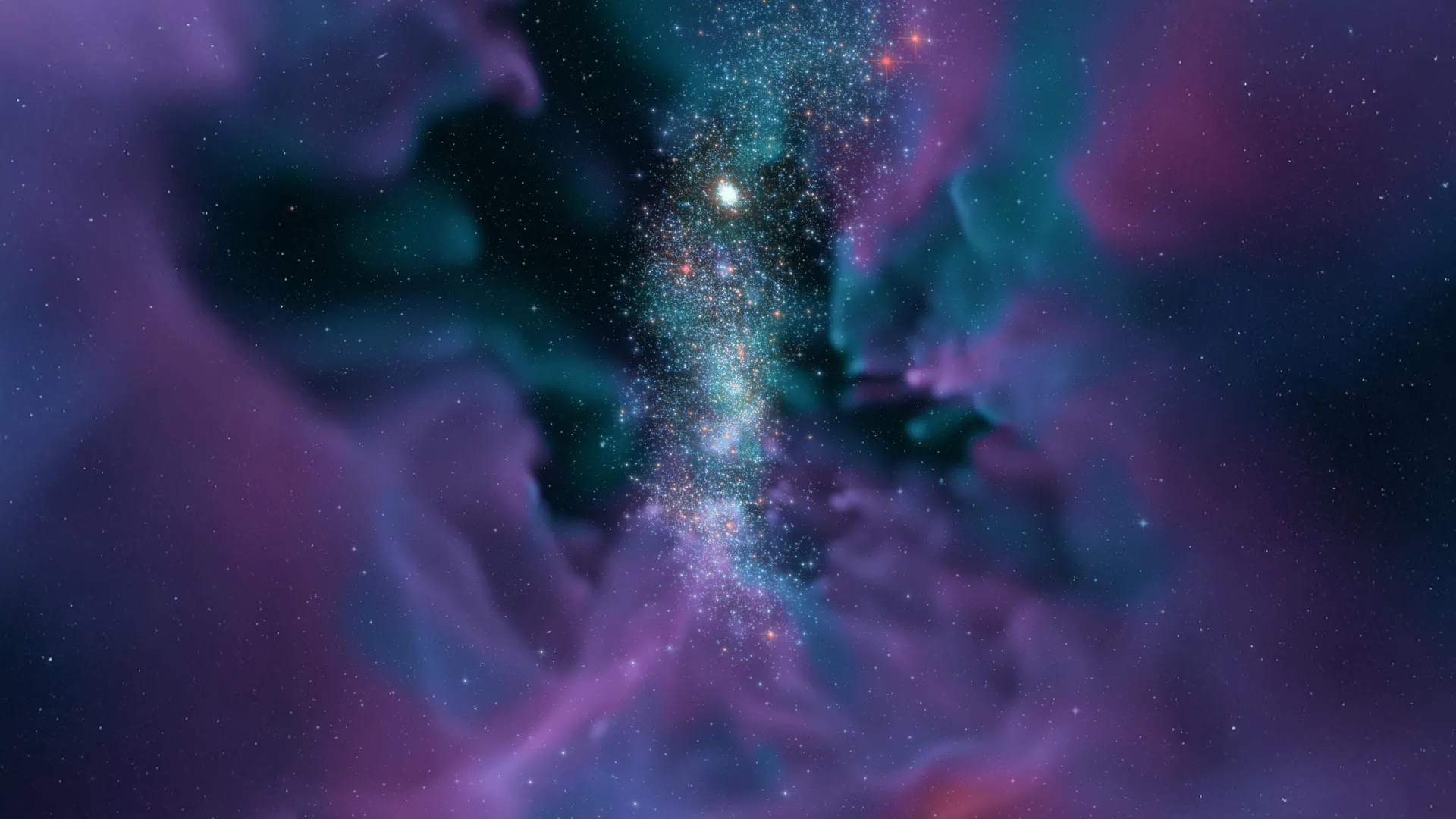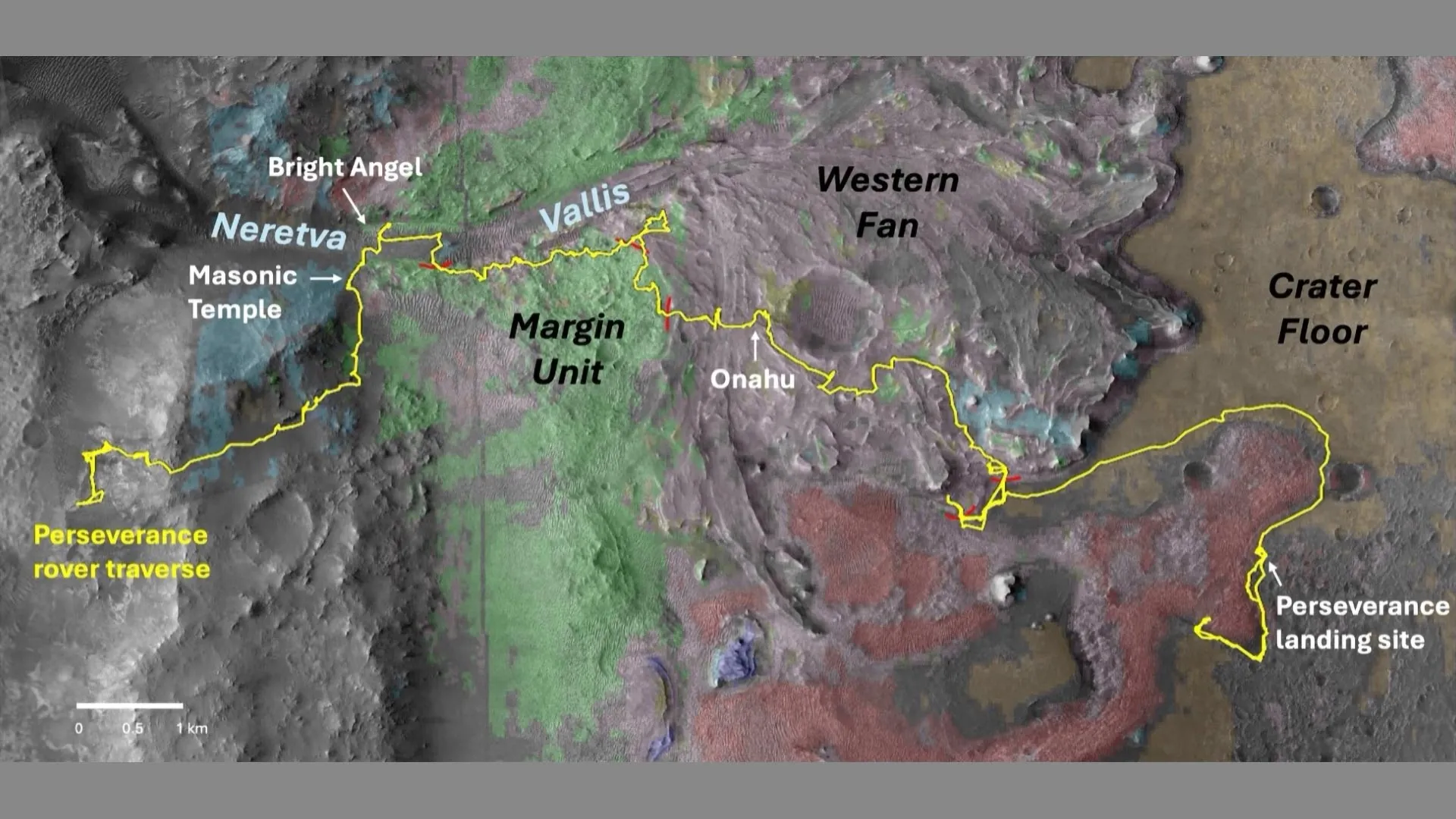Now Reading: Hidden Star Systems in Milky Way May Hold Clues to Dark Matter
-
01
Hidden Star Systems in Milky Way May Hold Clues to Dark Matter
Hidden Star Systems in Milky Way May Hold Clues to Dark Matter

quick Summary
- researchers from the University of Surrey adn collaborators have uncovered the origins of globular clusters,dense stellar systems containing hundreds of thousands to millions of stars,using ultra-high-resolution EDGE simulations.
- Globular clusters lack dark matter and consist of stars uniform in age and chemical composition, features debated since their revelation in the 17th century.
- The simulations revealed two pathways for cluster formation and identified a new class of objects called “globular cluster-like dwarfs,” which may exist within our Milky Way.
- These newly identified star systems resemble regular globular clusters but contain dark matter, creating unique opportunities to study dark matter theories and early Universe formations.
- Satellites like Reticulum II could serve as prime locations for further exploration into metal-free stars and models surrounding dark matter.
- The team relied on advanced computational resources, DiRAC National Supercomputer facility included, to run EDGE simulations over several years at an unprecedented resolution (10 light years).
- Observations wiht telescopes such as James webb are planned to confirm these findings.
indian Opinion Analysis
the findings about globular clusters underscore ongoing efforts by global researchers-and increasingly advanced technologies-to unravel basic mysteries about the Universe.For india’s scientific community, this study highlights ways simulation-based astronomy can offer groundbreaking discoveries without relying exclusively on observational data. Projects like India’s ASTROSAT or collaborations involving indigenous supercomputing initiatives could adapt similar methodologies to deepen our own cosmic investigations.
Additionally, exploring phenomena like metal-free stars or elusive dark matter pools could strengthen India’s role as an emerging contributor in international space research. Such efforts would enhance scientific diplomacy while diversifying India’s innovation-led advancements in computational astrophysics. Ultimately, targeted global collaborations-such as those highlighted in this study-may hold lessons for India’s evolving research networks seeking breakthroughs beyond observation-based paradigms.
























